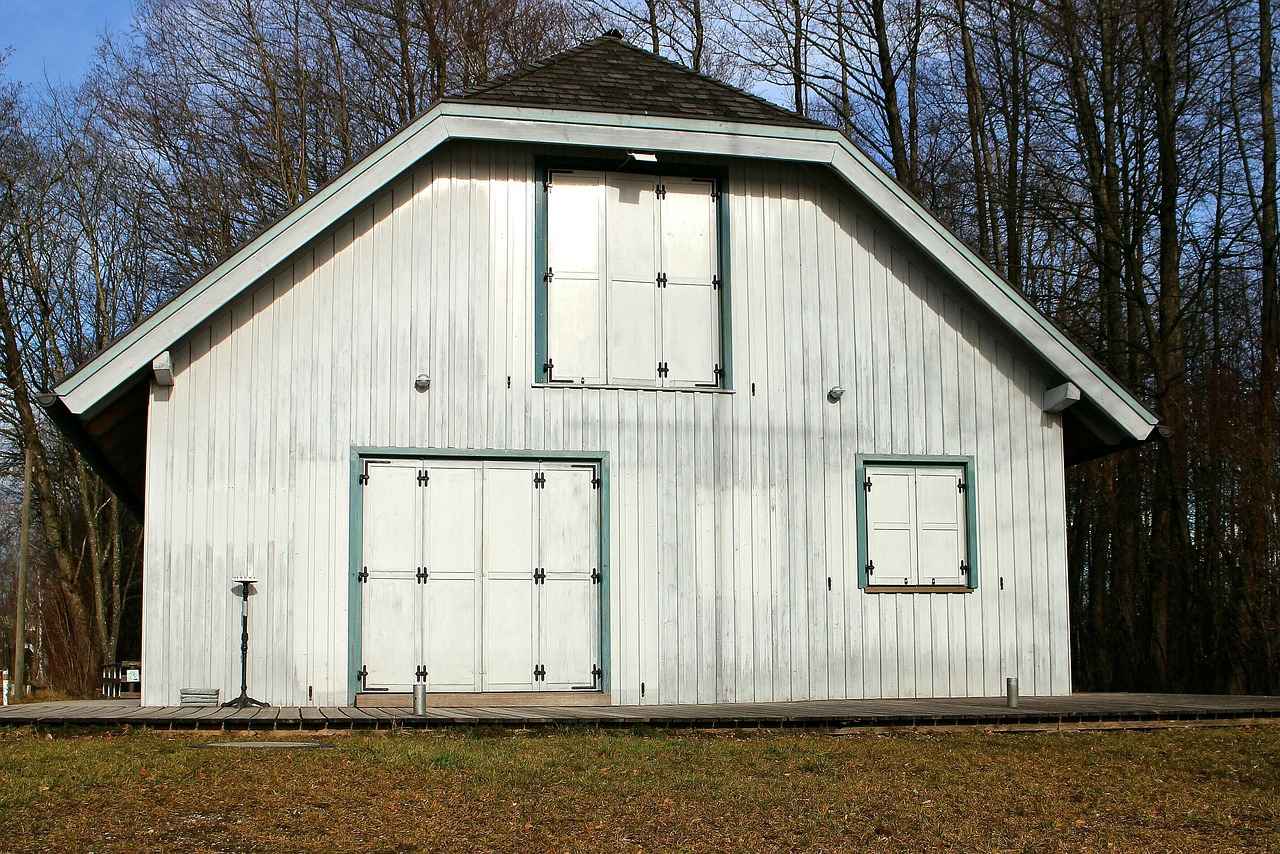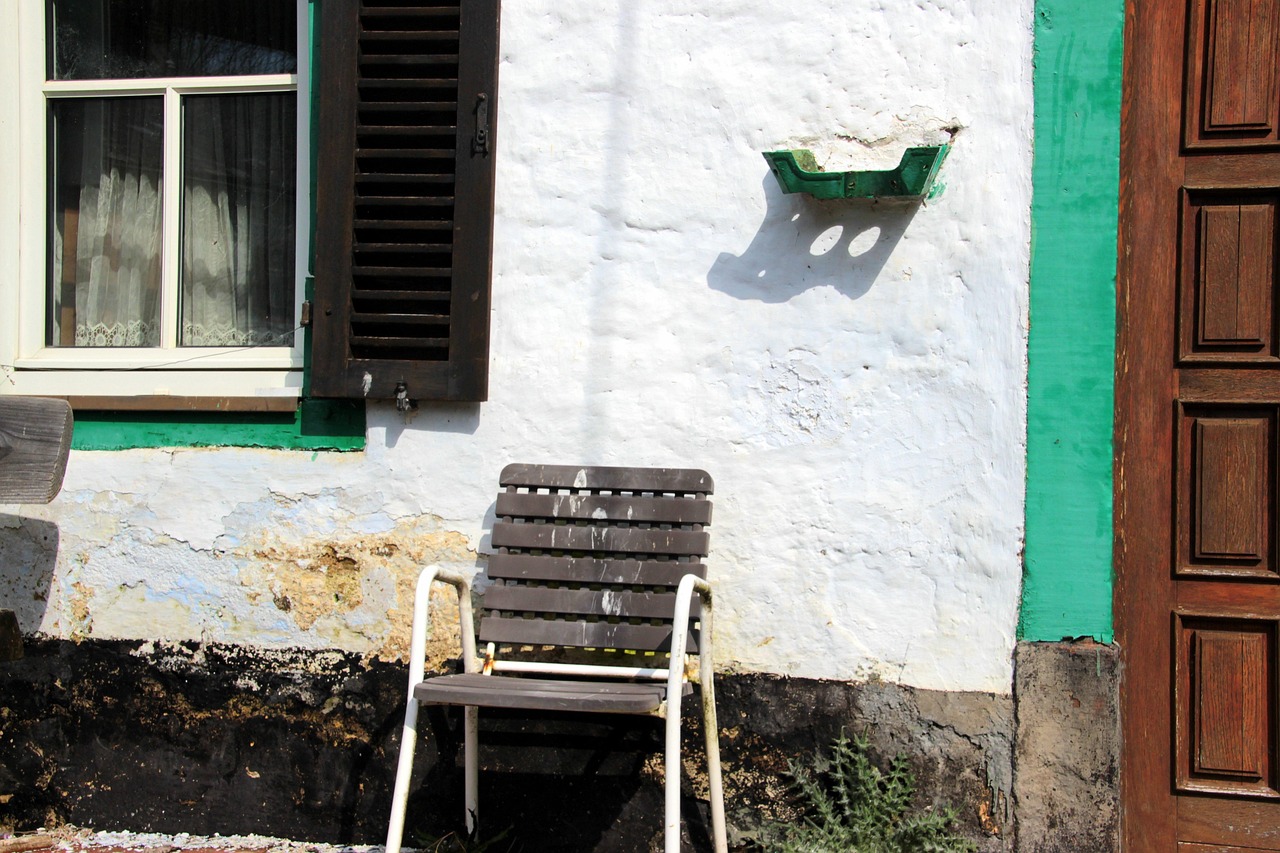This article delves into the fascinating world of Gible, a Dragon/Ground-type Pokémon that captivates trainers with its unique abilities and adorable design. We will explore Gible’s moveset, its evolution stages, and optimal strategies for battles, providing a detailed guide for trainers eager to enhance their gameplay.
Understanding Gible: Basic Information
Gible is a dual-type Pokémon, known for its adorable appearance and impressive battle capabilities. With a base stat total that allows it to compete effectively, Gible stands out as a valuable addition to any trainer’s roster. Its unique typing grants it resistances and vulnerabilities that can be strategically exploited in battles.
Gible Evolution Chart: From Gible to Garchomp
Gible evolves through two stages, ultimately transforming into Garchomp. Below is a brief overview of its evolution stages:
- Gible to Gabite: Evolves at level 24
- Gabite to Garchomp: Evolves at level 48
Gible’s Moveset: Best Attacks and Techniques
To maximize Gible’s effectiveness in battle, understanding its moveset is essential. Key moves include:
- Dragon Claw: A powerful STAB move.
- Earthquake: Offers excellent coverage against various types.
- Outrage: A high-damage move ideal for sweeping opponents.
Best Battle Uses for Gible and Its Evolutions
In competitive scenarios, Gible and its evolutions shine with unique strengths. Garchomp, in particular, is a formidable contender in various formats. Trainers should consider team compositions that enhance Garchomp’s abilities, leveraging its speed and power to dominate battles.
Tips for Using Gible in Gym Battles
Gible can be a valuable asset in gym battles. Trainers should focus on type advantages and utilize Gible’s moves effectively against gym leaders. With strategic planning, Gible can turn the tide in challenging encounters.
In conclusion, Gible is not just a cute Pokémon but a powerful ally in battles. By understanding its moveset, evolution stages, and battle strategies, trainers can unlock its full potential and enjoy a rewarding gameplay experience.

Understanding Gible: Basic Information
Gible is a fascinating Dragon/Ground-type Pokémon that captures the hearts of many trainers with its adorable appearance and formidable battle capabilities. This Pokémon is not only cute but also possesses a unique combination of strengths that make it a valuable addition to any team. In this section, we will delve into Gible’s base stats, types, and unique attributes, providing a comprehensive understanding of what makes this Pokémon special.
- Type: Dragon/Ground
- Height: 0.6 m
- Weight: 15.0 kg
- Base Experience: 64
Base Stats:
| Stat | Value |
|---|---|
| HP | 58 |
| Attack | 70 |
| Defense | 45 |
| Special Attack | 40 |
| Special Defense | 45 |
| Speed | 42 |
Gible’s dual typing of Dragon and Ground gives it a significant advantage in battles, allowing it to resist several types of attacks. Its base stats reflect a balanced approach, with a focus on Attack and HP, making it a formidable opponent in both offensive and defensive roles.
Furthermore, Gible’s unique attributes, such as its ability Sand Veil, enhance its evasion in sandstorms, providing additional tactical advantages in specific battle scenarios. Understanding these elements is crucial for trainers who wish to harness Gible’s full potential in their Pokémon journey.

Gible Evolution Chart: From Gible to Garchomp
Gible, the adorable Dragon/Ground-type Pokémon, is not just a cute face; it has the potential to become a fierce competitor in battles. Understanding its evolution stages is crucial for trainers aiming to maximize their Gible’s capabilities. This section delves into the evolution process of Gible, detailing each stage, level requirements, and strategies to ensure a smooth transition to its final form, Garchomp.
Gible evolves through two significant stages:
- Gible to Gabite: This evolution occurs at level 24. Gabite boasts improved stats, making it a more formidable opponent in battles. Trainers should focus on leveling up Gible through battles and experience points to reach this milestone.
- Gabite to Garchomp: The final evolution takes place at level 48. Garchomp is renowned for its power and speed, making it a top choice in competitive play. This evolution not only enhances its stats but also unlocks a wider array of moves.
To effectively evolve Gible, trainers should consider the following strategies:
- Battle Regularly: Engage in battles to gain experience points quickly.
- Utilize EXP Share: Use items like EXP Share to distribute experience among your Pokémon.
- Participate in Raids: Raids provide substantial experience, aiding in leveling up.
By understanding these evolution stages and implementing effective strategies, trainers can ensure their Gible evolves into a powerful Garchomp, ready to take on any challenge in the Pokémon world.
Gible to Gabite: Leveling Up
Gible evolves into Gabite at level 24, marking an important milestone in its developmental journey. This evolution not only enhances Gible’s stats significantly but also expands its move set, making it a more formidable opponent in battles. Understanding the implications of this evolution is crucial for trainers looking to optimize their gameplay.
Upon evolving into Gabite, Gible gains increased attack and speed stats, which are vital for both offensive and defensive strategies. Gabite’s base stats see a notable improvement, with its attack rising to 70 and speed to 51, allowing it to hit harder and move faster than its pre-evolution. This increase in stats is particularly beneficial in competitive battles, where every point can make a difference.
Moreover, Gabite learns a variety of moves that enhance its versatility in combat. Notably, it acquires powerful moves such as Dragon Claw and Earthquake, which benefit from the STAB (Same Type Attack Bonus). These moves not only deal substantial damage but also allow Gabite to cover a wide range of opponents, making it a valuable asset in any trainer’s roster.
In addition to its improved stats and moves, Gabite’s Dragon/Ground typing provides it with advantageous resistances and immunities. This makes it particularly effective against Electric-type attacks, while also offering a strong presence against Fire and Poison types. Trainers can leverage these strengths to gain a tactical advantage in various battle scenarios.
In conclusion, evolving Gible into Gabite at level 24 is a significant step for trainers. With enhanced stats, a broader move set, and advantageous typing, Gabite stands out as a powerful Pokémon ready to take on tougher challenges in the Pokémon world.
Gabite to Garchomp: Mastering the Final Evolution
As trainers advance in their Pokémon journey, the evolution of Gabite into Garchomp at level 48 marks a significant milestone. This evolution is not merely a change in appearance; it represents a substantial enhancement in battle capabilities and overall performance.
Upon evolving into Garchomp, this Dragon/Ground-type Pokémon gains access to a robust set of abilities and stats that elevate it to a formidable contender in various battle scenarios. Garchomp boasts an impressive base stat total of 600, with notable strengths in Attack and Speed. This makes it a prime choice for trainers looking to dominate in both PvP and raid battles.
One of the key benefits of evolving Gabite into Garchomp is the expanded moveset. Garchomp can learn powerful moves such as Earthquake and Dragon Claw, which benefit from the STAB (Same Type Attack Bonus) mechanic, significantly increasing damage output. Additionally, Garchomp has access to a variety of coverage moves, allowing it to counter a wide range of opponents effectively.
In competitive play, Garchomp often fills the role of a physical sweeper, utilizing its high Attack stat to take down opponents swiftly. Its ability to outspeed many threats makes it a valuable asset in team compositions, synergizing well with Pokémon that can handle its weaknesses, such as Ice and Fairy-types.
Furthermore, trainers should consider Garchomp’s unique ability, Rough Skin, which inflicts damage on opponents that make physical contact. This adds an additional layer of strategy when facing off against physical attackers.
In conclusion, evolving Gabite into Garchomp at level 48 is a crucial step for trainers aiming to maximize their battle effectiveness. With its enhanced stats, versatile moveset, and strategic advantages, Garchomp stands out as one of the most powerful Pokémon in the game. Embrace this evolution, and watch your battles transform!
Strategies for Evolving Gible Efficiently
Evolving Gible into its final form, Garchomp, is an exciting journey for trainers. However, achieving this evolution requires strategic planning and a clear understanding of experience gain mechanics, optimal battle locations, and the effective use of items. Below, we outline essential strategies to help you level up Gible efficiently.
- Maximize Experience Gain: Focus on battling Pokémon that provide the highest experience points. Engaging in trainer battles and participating in raids can yield significant experience.
- Utilize Lucky Eggs: Using a Lucky Egg during battles can double the experience gained, making it a valuable item for leveling up Gible quickly.
- Optimal Battle Locations: Identify locations where high-level wild Pokémon spawn. Areas like Dragon-type dens or regions with Ground-type Pokémon can provide excellent opportunities for experience accumulation.
- Participate in Events: Keep an eye out for in-game events that offer increased experience for battles or special bonuses for catching Pokémon. These events can significantly speed up leveling.
- Team Up: Joining forces with fellow trainers can facilitate easier battles against tougher opponents, leading to more experience gain. Consider forming a group for raids or gym battles.
Incorporating these strategies will streamline the evolution process of Gible, allowing you to enjoy the journey from Gible to Gabite and finally to Garchomp. Remember, patience and planning are key!
Gible’s Moveset: Best Attacks and Techniques
Understanding Gible’s moveset is essential for trainers aiming to maximize its battle effectiveness. As a Dragon/Ground-type Pokémon, Gible has access to a variety of moves that can be strategically utilized in battles. This section delves into Gible’s best moves, highlighting both STAB (Same Type Attack Bonus) options and coverage moves that enhance its versatility.
Key Moves for Gible
- Dragon Breath – This STAB move not only deals significant damage but also has a chance to paralyze the opponent, making it a dual threat.
- Earthquake – A powerful Ground-type move that benefits from STAB, Earthquake is essential for dealing with Electric and Steel types.
- Outrage – This strong Dragon-type move can deal massive damage, especially when Gible evolves into Gabite or Garchomp, making it a favored choice in high-stakes battles.
- Rock Slide – As a coverage move, Rock Slide is effective against Flying-types and can hit multiple opponents in double battles.
- Stone Edge – This move provides high damage potential, making it a valuable option against various types, particularly those weak to Rock.
Strategic Move Selection
When selecting moves for Gible, trainers should consider the type advantages and the anticipated opponents. Incorporating a mix of STAB and coverage moves allows Gible to adapt to different battle scenarios, ensuring that it can effectively counter a wide range of threats.
Conclusion
In summary, understanding Gible’s moveset is vital for trainers who wish to optimize their battle strategies. By focusing on the best STAB options and effective coverage moves, trainers can significantly enhance Gible’s performance in various battle formats, from gym challenges to competitive play.

Best Battle Uses for Gible and Its Evolutions
Gible, along with its evolutions Gabite and Garchomp, plays a significant role in various competitive scenarios, including PvP battles and raid challenges. Understanding their strengths and weaknesses is essential for trainers looking to maximize their effectiveness in combat.
Gible’s Strengths in PvP
- Type Advantages: Gible’s Dragon/Ground typing provides it with strong resistance against Electric and Poison-type moves, making it a valuable asset in PvP battles.
- Moveset Versatility: Gible can learn a variety of moves, including powerful STAB (Same Type Attack Bonus) moves like Dragon Claw and Mud Shot, allowing trainers to adapt to different opponents.
Utilizing Gabite in Raids
- Higher Stats: Gabite boasts improved stats over Gible, particularly in Attack and Defense, making it a formidable contender in raid battles.
- Effective Strategies: Trainers can employ Gabite’s moves like Earthquake and Dragon Tail to deal significant damage to raid bosses while also maintaining a solid defensive stance.
Garchomp: The Ultimate Evolution
- Powerful Offense: As a final evolution, Garchomp’s high base stats make it one of the strongest Pokémon in competitive play, capable of taking down opponents swiftly.
- Synergy with Team Composition: Garchomp fits well into many team compositions, offering both offensive and defensive capabilities that can turn the tide of battle.
Conclusion
In summary, Gible and its evolutions, Gabite and Garchomp, offer unique advantages in various battle scenarios. By understanding their strengths and employing strategic movesets, trainers can effectively utilize these Pokémon to achieve victory in both PvP and raid encounters.
Garchomp in Competitive Play
Garchomp is widely regarded as one of the most formidable Pokémon in competitive play, thanks to its impressive stats and versatile moveset. This Dragon/Ground-type Pokémon excels in various battle formats, including singles, doubles, and even in Pokémon tournaments, making it a top choice for many trainers.
One of the key aspects of Garchomp’s effectiveness lies in its base stats. With a high Attack stat of 130 and a Speed stat of 102, Garchomp can outspeed many opponents while delivering devastating hits. Its ability, Rough Skin, deals damage to attackers, further enhancing its defensive capabilities. This makes Garchomp not only a strong attacker but also a Pokémon that can withstand hits from opponents.
In terms of synergies, Garchomp pairs exceptionally well with Pokémon that can cover its weaknesses, such as Fairy-types. For example, pairing Garchomp with a Steel-type like Ferrothorn can create a balanced team, as Ferrothorn can absorb Fairy-type moves that threaten Garchomp. Additionally, Garchomp benefits from teammates that can set up hazards or provide support through moves like Tailwind or Trick Room, allowing it to maximize its offensive potential.
| Team Composition | Synergistic Pokémon |
|---|---|
| Offensive Core | Garchomp, Dragapult, and Excadrill |
| Defensive Core | Garchomp, Ferrothorn, and Togekiss |
When considering effective team compositions, it’s crucial to build around Garchomp’s strengths. Utilizing Pokémon that can set up Stealth Rock or provide Intimidate support can further enhance Garchomp’s performance in battles. Additionally, moves like Earthquake and Dragon Claw are staples in Garchomp’s moveset, providing excellent coverage against a variety of opponents.
In conclusion, Garchomp’s role in competitive play is multifaceted, making it a valuable asset for trainers. Its ability to synergize with various Pokémon and its powerful offensive capabilities solidify its status as a top-tier contender in the Pokémon battling scene.
Tips for Using Gible in Gym Battles
Gible, the adorable Dragon/Ground-type Pokémon, can be a valuable asset in gym battles when utilized effectively. Here are some practical strategies to help trainers make the most of their Gible against gym leaders and their Pokémon.
- Know Your Opponent: Before engaging in a gym battle, familiarize yourself with the gym leader’s Pokémon types and their moves. This knowledge will allow you to choose the right moves for Gible and anticipate your opponent’s strategies.
- Utilize Gible’s Moveset: Gible’s moveset includes a mix of Dragon and Ground-type attacks. Moves like Dragon Claw and Earthquake provide strong STAB (Same Type Attack Bonus) damage. Ensure Gible has a balanced moveset to cover various types.
- Maximize Defense: Gible has decent bulk for its stage, but it’s essential to focus on its defensive capabilities. Use moves like Sand Tomb to trap opponents and deal consistent damage while minimizing the risk of taking heavy hits.
- Timing is Key: Pay attention to the timing of your moves. Using Charge Moves wisely can turn the tide of battle. Avoid spamming attacks; instead, wait for the right moment to unleash powerful moves for maximum impact.
- Utilize Type Advantages: Gible’s Ground-type moves are particularly effective against Electric and Rock-type Pokémon. Leverage these advantages to gain a competitive edge in battles.
- Level Up Strategically: If your Gible is still in its base form, consider leveling it up to Gabite before challenging gym leaders. This evolution significantly boosts its stats and move options, enhancing its battle effectiveness.
By implementing these strategies, trainers can effectively deploy Gible in gym battles, maximizing its potential and increasing their chances of victory against formidable gym leaders.
